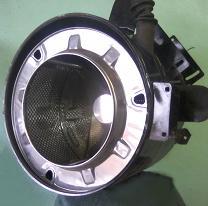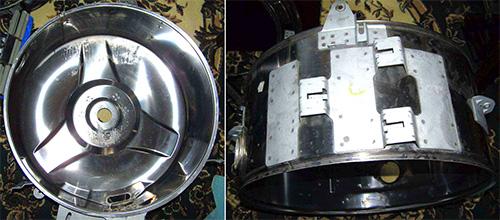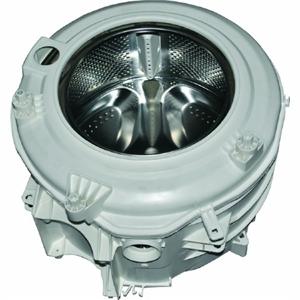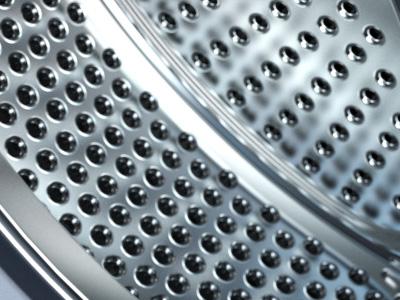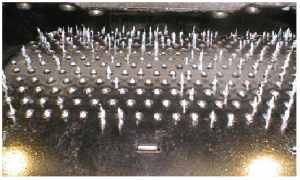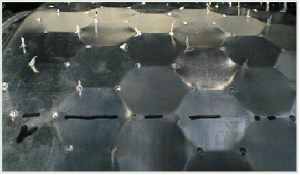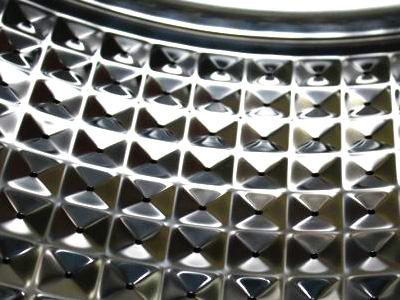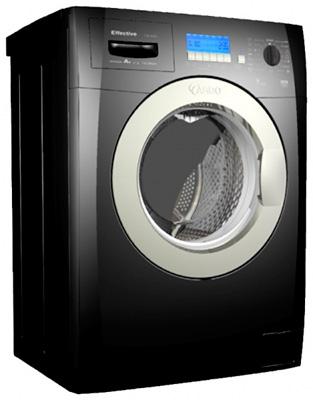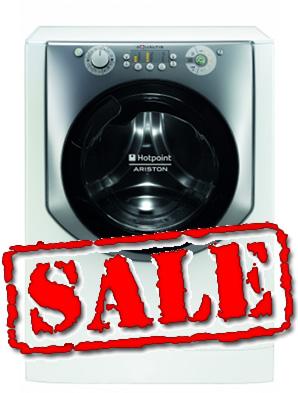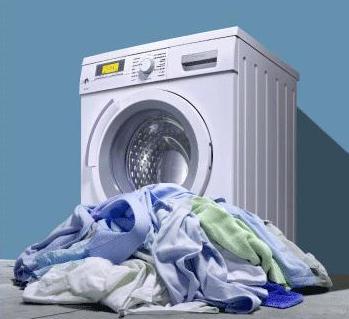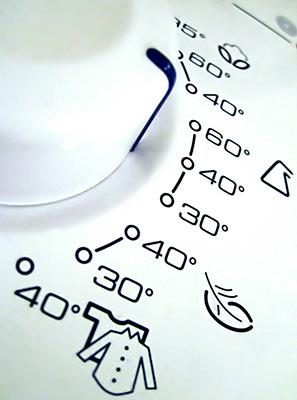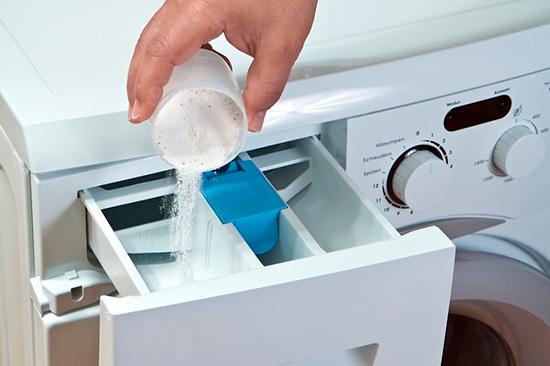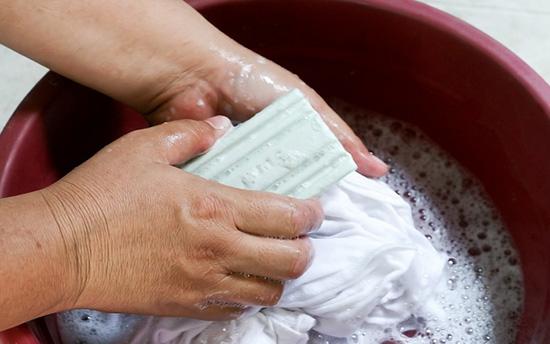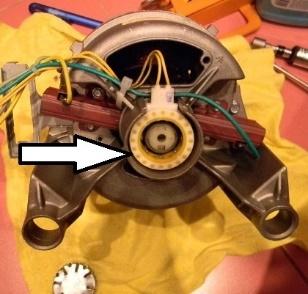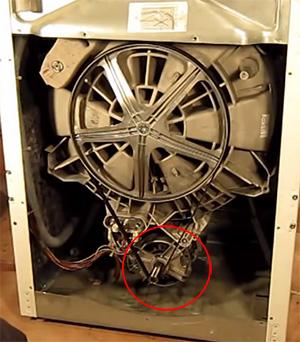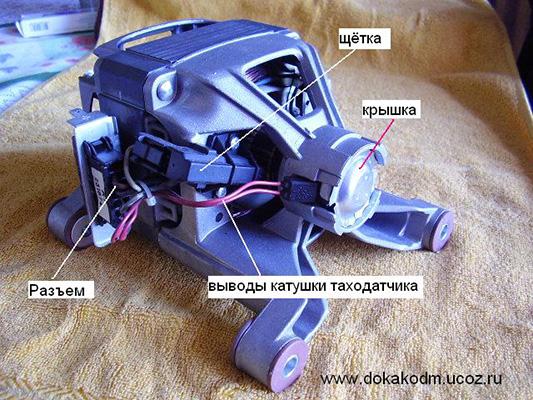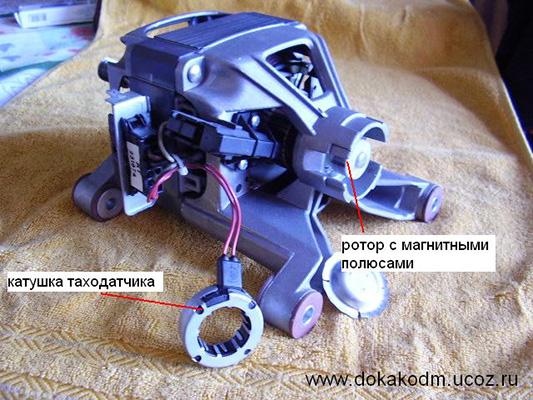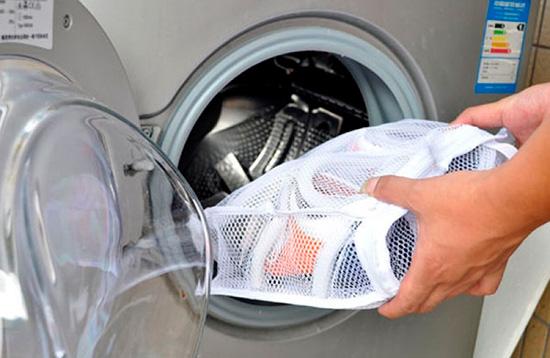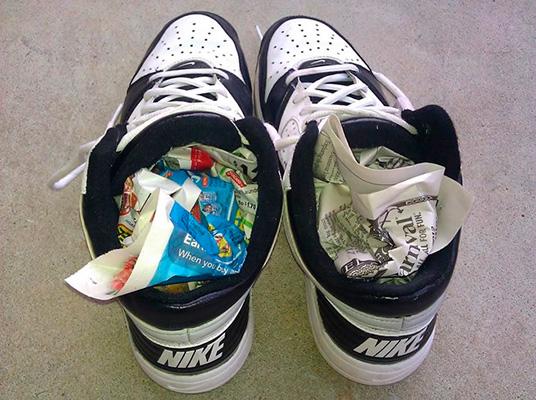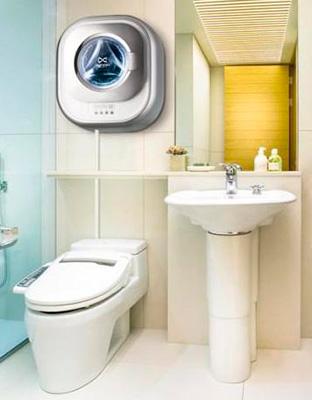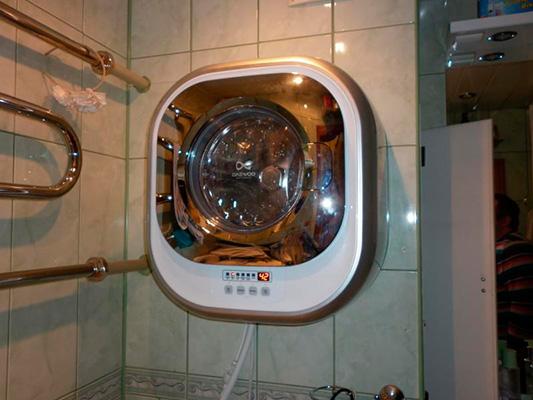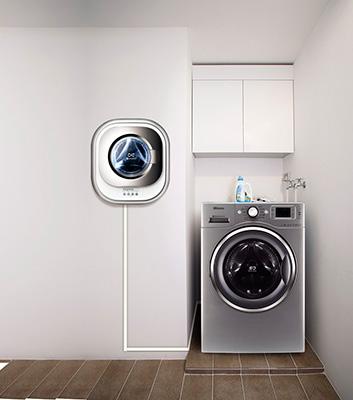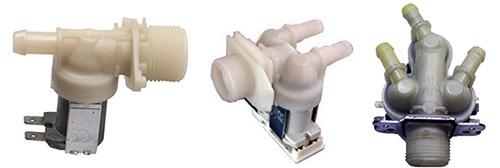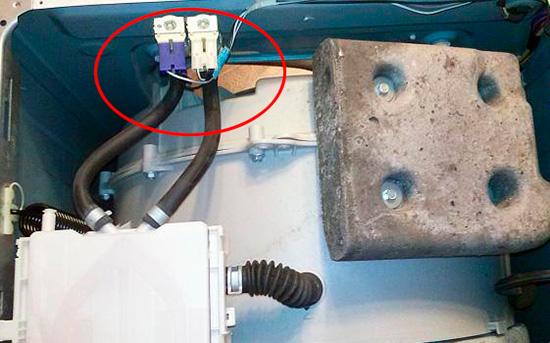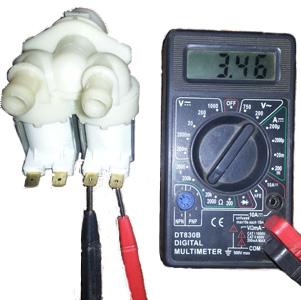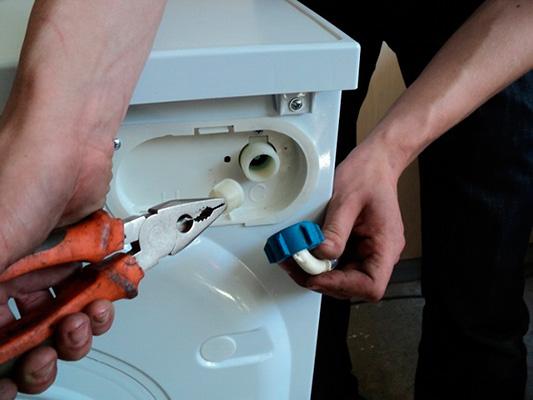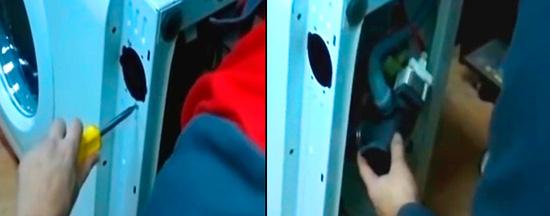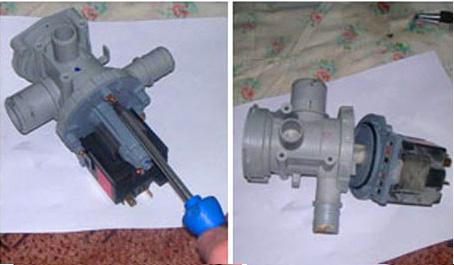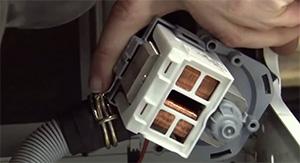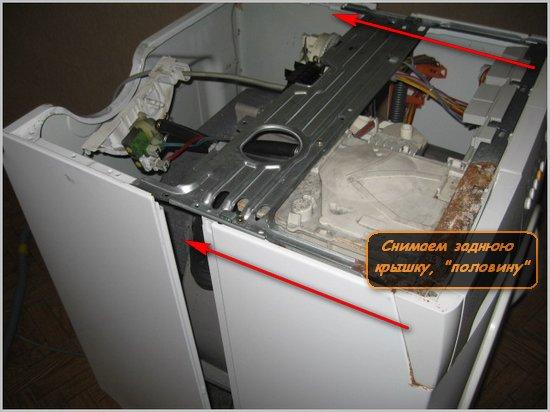Your washing machine worked, worked, and suddenly creaked. Why could this happen? There may be several reasons, as well as the creak itself can be different and can be caused by different parts of the washer. If your washing machine creaks, then the first step is to find out what caused this sound, and starting from the cause, you can fix the problem. Therefore, we will describe for you all the possible causes, and how to solve them.
Squeaky drum in washing machine
If you notice that the drum of the washing machine creaks during rotation, then there may be a rather serious reason that will require disassembly of the washing machine.
The drum is connected to the shaft, which is installed in the tank on bearings. In order to prevent water from entering the bearings during washing, a rubber seal is placed on them, which can dry out or even be damaged over time. If this happened, then the gland, which should be lubricated with waterproof grease, begins to pass water, which in turn falls on the bearings. From moisture, the bearings begin to rust and creak.
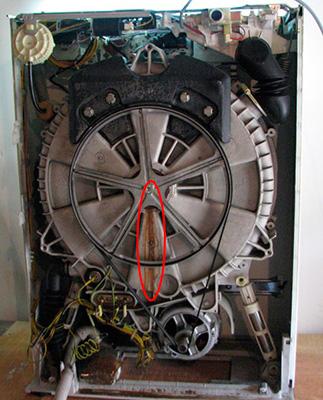
If the washing machine creaks during washing precisely because of the bearings, then it is necessary to immediately stop its operation, since the subsequent operation of the bearings in this mode can cause their complete breakdown. If this happens, other parts of the washing machine may be damaged and repair may no longer be possible.
Another reason for the creaking of the drum in the washing machine can be a weakening of the shaft. This is extremely rare, but still. Over time, or from poor assembly, the mounting bolts may loosen. As a result, the drum will be unbalanced and a creak will appear. It is eliminated very simply by tightening the bolts, though getting to them is not always easy.
Small items got into the washing machine
Very often, the owners forget to get out of the pockets of things that they send for washing, small items, trifles, etc. This leads to the fact that during washing these small items fall into the drum and through the slot in the cuff can get into the gap between the tank and the drum. During washing, the drum begins to rub against them and a creak or knock occurs.
To check and get these small things, you need to remove the wall of the washing machine (front or back - depending on the model) and unscrew the heater, through the hole for the heater you can get all the little things that got into the space between the tank and the drum.
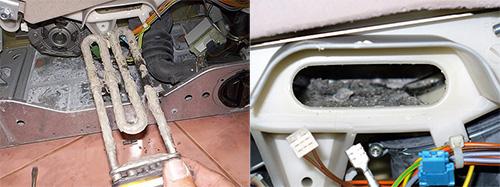
If you hear the characteristic creak of the washing machine drum on the cuff, then the reason may be that during washing, for example bra bone caught in washing machine drum or others small things could get into the cuff itself and get stuck there. Check the entire cuff for the presence of small things, if it is there, then be sure to eliminate it.
Stretched belt

If your machine is not directly driven, and has been in operation for more than a year, then it is likely that the belt that drives the drum has worn out. When the belt is stretched, it begins to slip making a characteristic creak. Please note that if your belt is stretched, then squeaking will occur under heavy loads, i.e. when a lot of laundry is loaded into the drum.
If the belt is to blame, then it must be replaced. In some cases, it is possible to simply increase its tension.
Springs and dampers
Springs and shock absorbers can cause the washing machine to creak during washing and especially spinning.
The springs themselves can squeak. The springs are fixed from above in special holes. During washing, they can rub against their mounting holes and make an unpleasant noise.Such a malfunction is not critical and is easily corrected.
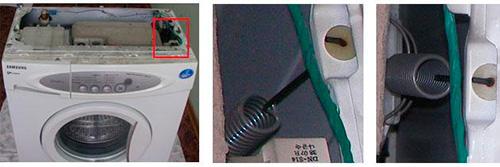
In order to determine that the reason for the squeak is in the springs, remove the top cover from the washing machine and run the wash without it. During washing, when the squeak starts, hold the springs where they connect to the mounting hole (just press with your hand). If the creak is gone, then this is the reason. To eliminate creaking, you can simply lubricate the springs in these places with any lubricant.
The second option is the wear of springs or shock absorbers, as a result of which the tank sways during washing and comes into contact with the walls of the washing machine, which causes a creak.
You can start washing without a top cover and see if the tank is rubbing against the walls of the washing machine and what caused such a malfunction. Inspect shock absorbers and springs, they should not be damaged.
shock absorbers should be well tightened and of course they should cushion. If they have too much travel, and they do not perform their function, then replace them.
The body of the machine creaks
If the machine was poorly assembled, then over time, some body fasteners could loosen and creak during washing. This usually happens with the walls of the machine. In order to eliminate this cause, it is necessary to stretch all the bolts that connect the case to each other. It will also not be superfluous to inspect other connections that may also have loosened, such as counterweight fasteners.

